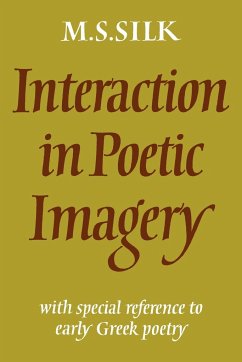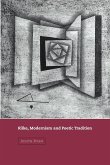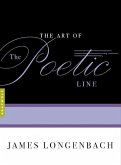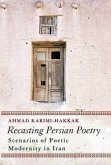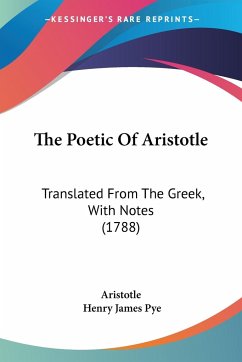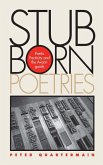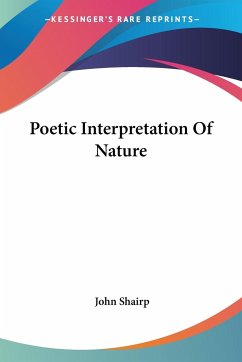This book should be of interest to classicists and to specialists in literary theory in departments of English, Linguistics and Comparative Literature.
This is an unusual and original contribution to literary theory. Michael Silk is a classicist, but his book is concerned not only with the literature of antiquity, but also with the theory of literature as such: it investigates an aspect of poetic imagery in the practical context of ancient poetry. In the course of the investigation, many illustrative passages from English verse are discussed, but the corpus of poetry chosen for particular attention is early Greek lyric and drama (up to and including Aeschylus and Pindar) and the several hundred relevant passages from this corpus are examined systematically. Dr Silk formulates a new critical concept, 'interaction', to characterize certain features of metaphor and other imagery and explores in detail their nature and significance. Besides interaction itself, many subsidiary 'matters arising' are given substantial treatment: there are discussions of related issues in the fields of stylistics and literary theory, new thoughts on various aspects of ancient literature (notions of Greco-Roman theorists as well as practices of Greek poets), and above all, important contributions to the theory and practice of 'literary lexicography' in a dead language.
Table of contents:
Acknowledgements; Part I. Introduction: 1. Interaction; 2. Dead metaphor and normal usage; 3. Aesthetics; Part II. The Categories: 4. Scope and procedure; 5. Neutral-based interaction; 6. Intrusion; 7. Interaction outside the grammar; 8. Aural interaction; 9. Combinations; Appendices; Bibliography; Indexes.
This is an unusual and original contribution to literary theory. Michael Silk is a classicist, but his book is concerned not only with the literature of antiquity, but also with the theory of literature as such: it investigates an aspect of poetic imagery in the practical context of ancient poetry. In the course of the investigation, many illustrative passages from English verse are discussed, but the corpus of poetry chosen for particular attention is early Greek lyric and drama (up to and including Aeschylus and Pindar) and the several hundred relevant passages from this corpus are examined systematically. Dr Silk formulates a new critical concept, 'interaction', to characterize certain features of metaphor and other imagery and explores in detail their nature and significance. Besides interaction itself, many subsidiary 'matters arising' are given substantial treatment: there are discussions of related issues in the fields of stylistics and literary theory, new thoughts on various aspects of ancient literature (notions of Greco-Roman theorists as well as practices of Greek poets), and above all, important contributions to the theory and practice of 'literary lexicography' in a dead language.
Table of contents:
Acknowledgements; Part I. Introduction: 1. Interaction; 2. Dead metaphor and normal usage; 3. Aesthetics; Part II. The Categories: 4. Scope and procedure; 5. Neutral-based interaction; 6. Intrusion; 7. Interaction outside the grammar; 8. Aural interaction; 9. Combinations; Appendices; Bibliography; Indexes.

